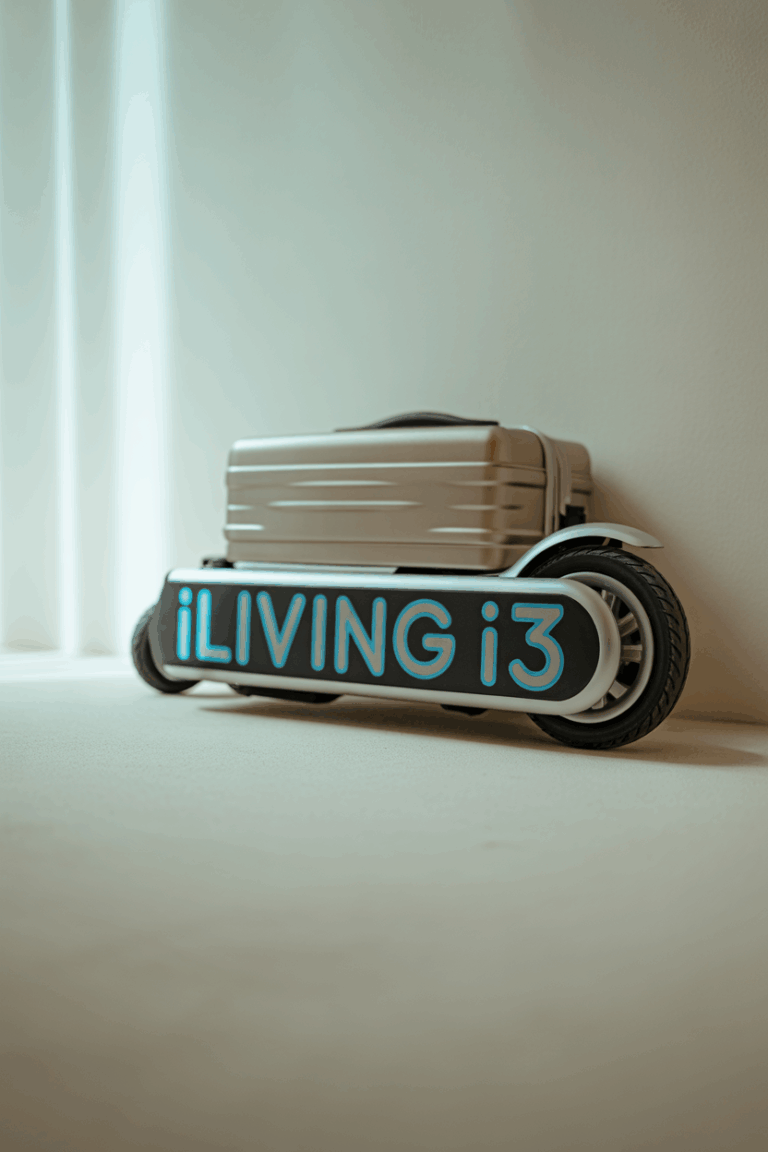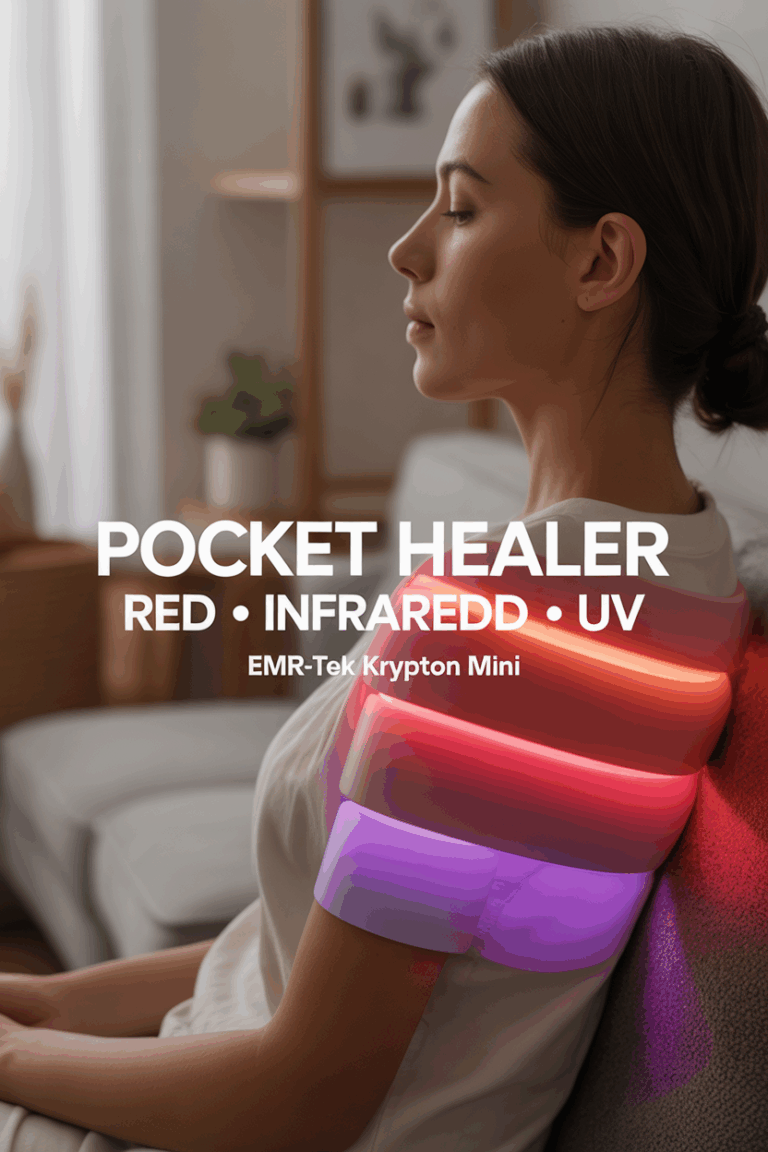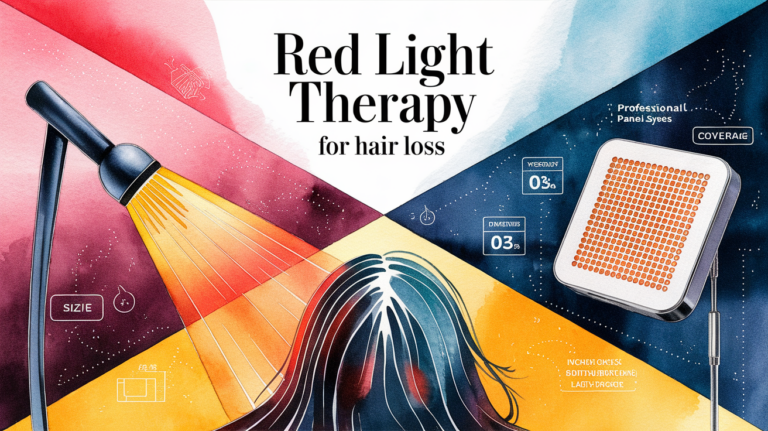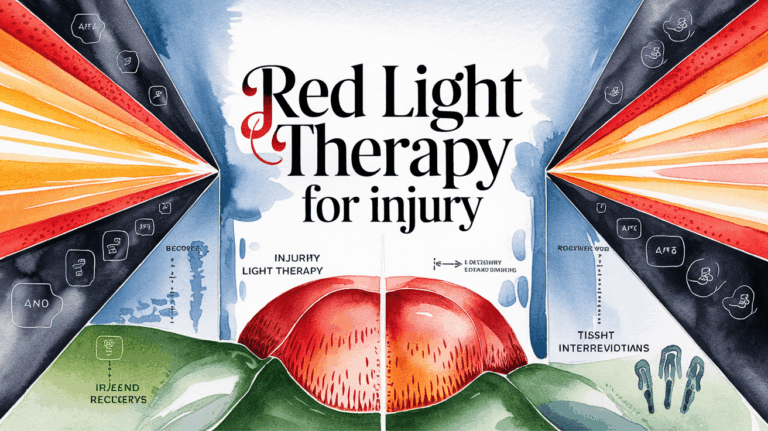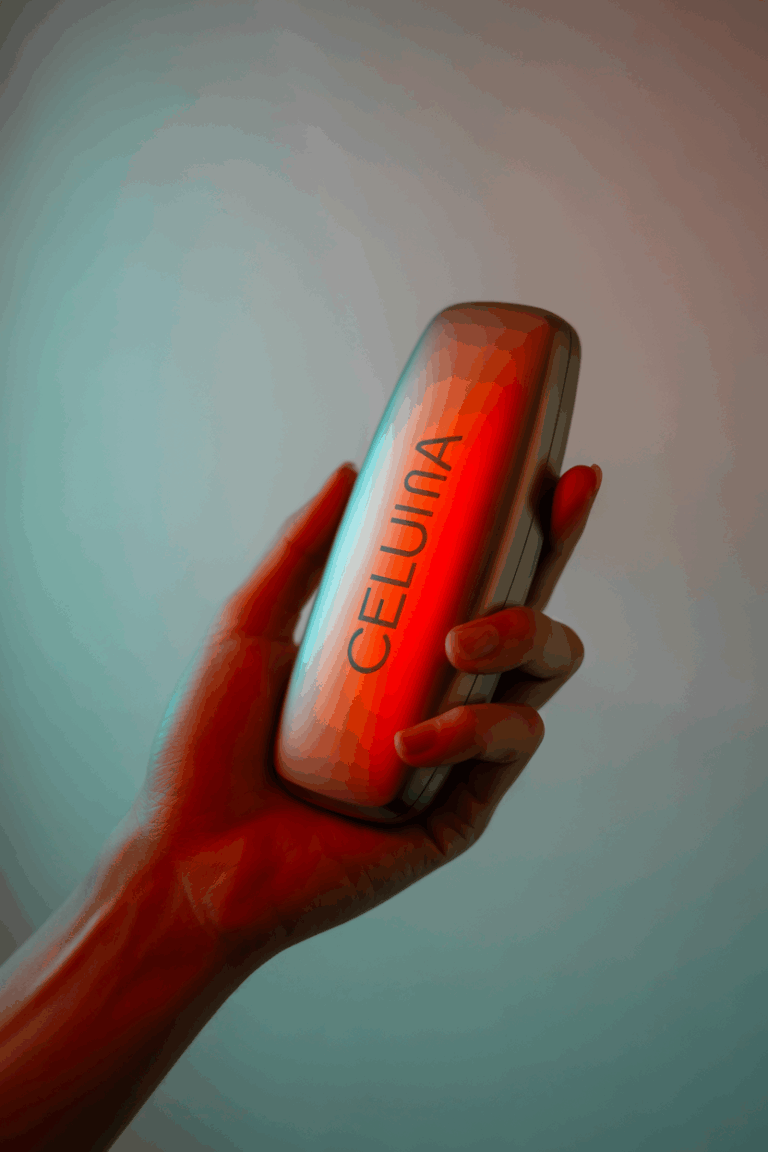Get a Free Mobility Scooter from VA (Step by Step Veteran Benefits)

Can You Get a Free Mobility Scooter from the VA?

Yes, you can get a free mobility scooter from the Veterans Administration if you are an eligible veteran. This benefit is for those with a documented, long-term medical need that a scooter can address. The VA provides these devices to improve independence and ensure the safety of veterans with mobility limitations.
However, receiving a scooter is not automatic. Your eligibility and medical necessity must be determined through a formal VA medical evaluation process.
If walking or moving around has become a challenge, the VA can offer real support. This guide explains the steps to get a mobility scooter, from your first questions to final approval.
The entire process is guided by the VA’s comprehensive clinical recommendations. This ensures that every veteran receives the most appropriate device for their specific, individual needs.
VA experts will guide you through the evaluation, selection, and provision of your mobility scooter. They will help determine your eligibility by asking about your VA healthcare enrollment, your relationship with a primary care physician, and the specific mobility challenges you face in your daily life.
Don’t Go It Alone: Get Free, Accredited Help
Navigating the VA system can feel complex, but you don’t have to do it by yourself. You can get free help from a VA-accredited representative who can assist you with the entire process. These services are provided by Veterans Service Organizations (VSOs) at no cost to you.
VSOs employ trained representatives, claims agents, and attorneys who are experts in the VA system. They can help you gather the necessary documentation, fill out forms accurately, and file your claims correctly to avoid delays.
You can find official VSO assistance directly on a VA government page. These organizations are accredited by the VA, so you can trust their guidance and support.
In addition to general VSO representatives, several well-known organizations specialize in helping veterans. Consider reaching out to one of the following for dedicated support:
- Disabled American Veterans (DAV)
- Paralyzed Veterans of America (PVA)
- Veterans of Foreign Wars (VFW)
- American Legion
Step 1: Confirm Your VA Healthcare Enrollment
Before you can request any medical device, you must be enrolled in the VA healthcare system. This is the mandatory first step to access any medical benefits, including a mobility scooter. Confirming your status now will prevent significant delays later.
If you are already enrolled and receiving care through the VA, you can proceed to the next step. Your enrollment is the key to requesting any future mobility assistance.
If you are not sure about your current enrollment status, you can easily verify it. Call the VA healthcare benefits hotline at 1-877-222-8387 to speak with a representative who can check your status for you.
For veterans who need to enroll, you have a couple of options. You can start the enrollment process by visiting your local VA clinic in person or by calling the hotline number provided above. Use the VA Clinic Locator to find the facility nearest you.
Gathering your initial documents will also help speed up your application. Having your DD-214 and filling out the Application for Health Benefits (10-10EZ) will streamline your application.
Step 2: Start Your Mobility Scooter Request
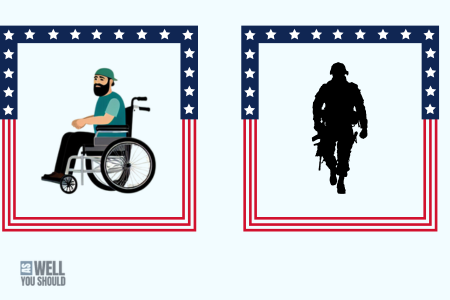
Once your VA healthcare enrollment is confirmed, you can officially begin the process of requesting a mobility scooter. There are two primary paths you can take to initiate your request and get connected with the right specialists.
The first and most common path is to talk to your primary VA doctor. Schedule a regular primary care appointment by calling your local VA clinic. During your appointment, explain that you struggle to move around and ask them to refer you for a mobility scooter evaluation.
Alternatively, you can contact the VA Prosthetic and Sensory Aids Service (PSAS) directly. Look up the number for your VA facility and ask for the Prosthetic and Sensory Aids Service department. Explain your mobility challenges and state that you would like to be evaluated for a mobility scooter.
Both of these paths will connect you with the mobility device specialists who will assess your needs. It’s helpful to keep a record of who you speak with and the date of your conversation to track your request effectively.
A good way to formalize this process is by filling out the VA health Intent to File a Claim form. You can complete the 21-0966 PDF or submit it online.
Step 3: Prepare for a Successful Mobility Assessment

To build a strong case for a mobility scooter, you need to provide clear and specific documentation of your challenges. This information helps the VA understand your daily needs and fully justifies the request for equipment. Your preparation is key to a smooth evaluation.
Start by creating a “mobility journal” for at least three days. In this journal, write down specific instances when you have difficulty moving, such as needing to stop and rest, feeling unsteady, or avoiding activities due to mobility issues.
Next, list any walking aids you currently rely on for support. Do you use a cane or walker? Do you hold onto walls or furniture to move around your home, or lean on a friend or family member for stability?
It’s also vital to provide concrete examples of how your mobility issues affect your life. Note daily tasks you can no longer do, like buying groceries, visiting friends, or struggling with basic housekeeping chores. These details paint a clear picture for your evaluators.
Bring this mobility journal with you to your VA appointment. It serves as powerful, factual evidence that demonstrates your need in a way that verbal descriptions alone cannot. For each incident, note where it happened, what stopped you (like pain or fatigue), and how it impacted your day.
Is Your Disability Service-Related?
One key question is whether your mobility challenges are connected to your military service. The answer can affect potential costs for your care and equipment, as the VA provides complete support for service-related disabilities.
If your mobility need is determined to be service-related, the VA will typically provide the necessary healthcare and equipment, including a mobility scooter, completely free of charge. This is part of the VA’s commitment to caring for veterans injured in the line of duty.
If your mobility need is not service-related, you may still be eligible for a scooter through the VA healthcare system. In these cases, the VA will determine if there is any cost or copay required. This decision is often based on your household income level.
To understand how your income may affect potential copayments, you can learn more about the VA’s income limitations. This information will help you prepare for any potential costs, though many veterans still receive equipment at no charge.
Step 4: Partner With the VA for a Smooth Process

Partnering with the VA is the fastest and most effective way to get the mobility support you need. Your active participation and clear communication can prevent delays and keep your case moving forward.
Following the VA’s lead is crucial. Take simple actions to keep your case progressing, such as showing up for all scheduled appointments on time and responding promptly to phone calls or letters from the VA.
If you get confused at any point, don’t be afraid to ask questions. The VA staff are there to help you and can clarify any next steps or requirements.
It’s also important to keep the VA updated with your correct contact information. Inform the VA immediately if your phone number or address changes. If you must reschedule an appointment, call as soon as you know you cannot make it.
A good habit is to keep organized records. Save copies of any papers you sign or receive from the VA. When you speak to someone, write down their name, the date, and a brief note about what you discussed for your own reference.
Step 5: Scooter Delivery, Setup, and Training

Once your need for a mobility scooter is approved, the VA takes care of all the technical details. You don’t have to worry about choosing a model or navigating complex specifications; their specialists select the right scooter based on your clinical evaluation.
The VA coordinates a complete delivery and setup service at no cost to you. A qualified technician will bring the scooter directly to your home, assemble it, and make sure it is adjusted for your specific comfort and safety needs.
During the delivery, the technician will also provide complete, hands-on training. They will teach you how to operate the scooter, manage the battery, and perform basic care so that you feel confident and safe using it from day one.
Your relationship with the VA mobility services continues long after you receive your scooter. The VA provides ongoing support for all operating questions, maintenance needs, and repair requests to ensure your scooter remains a reliable and safe aid for years to come.

The Key to Approval: Strong Medical Documentation
A successful application for a VA mobility scooter depends on clear medical documentation that proves the need for the device. Understanding what the VA looks for can help you and your doctor prepare the right information and prevent delays.
The core requirement is establishing “medical necessity.” This is often demonstrated through chronic conditions that limit mobility, such as severe arthritis, COPD, balance disorders, or cardiac conditions that restrict walking distance. Any service-connected disability affecting movement is also a primary qualifier.
The VA accepts medical documentation from several official sources. This includes records from your VA primary care physician, specialists like cardiologists or pulmonologists, and assessments from physical or occupational therapists.
Your documentation should also explain how a scooter will support independent living. This means showing how it will enable you to perform daily activities, access medical care, and participate safely in your community.
Beyond the Scooter: The Full Scope of VA Benefits
Receiving a mobility scooter from the VA is not just a one-time event. The program is designed as a complete mobility program that provides full, long-term support to ensure your independence and well-being.
The benefit covers the full cost of the prescribed scooter itself. It also includes essential accessories, batteries, chargers, and any custom adaptations your clinical evaluation determined you need for safe and comfortable use.
Furthermore, the program includes ongoing maintenance and repair services. The VA provides regular service checks, replacements for wear-and-tear items like batteries and tires, and handles both routine and emergency repairs, ensuring your device remains in top condition.
To ensure you can use your scooter safely, the VA provides thorough training on operation and care. The VA also provides replacements or upgrades as your medical needs evolve over time, ensuring the equipment always supports your current condition.
Alternative Paths and Specialized Support Programs
While the standard VA healthcare process is the primary route, there are alternative paths for accessing mobility devices in certain situations. These programs can provide support if standard channels cannot meet the need or for veterans with specific conditions.
What is the VR&E Independent Living Program?
The VA’s Vocational Rehabilitation and Employment (VR&E) program offers another way to get a mobility device. You might use this program if the scooter helps you live more independently and you can’t get one quickly through the usual VA healthcare process. According to the program guidelines, a doctor must prescribe the device for it to be covered.
The Dream Foundation for Terminally Ill Veterans
For veterans with a limited life expectancy of 12 months or less, the Dream Foundation may be able to help. Through its “Final Dreams” program, this non-government partner can grant requests for basic needs items, including mobility scooters, for veterans with demonstrated financial need.
Specialized Support for MS and Other Disorders
Veterans with specific conditions like Multiple Sclerosis (MS) can receive specialized support. The VA notes that for veterans with MS or other mobility-affecting disorders, severe fatigue alone can be enough to warrant power mobility. To be evaluated, ask your VA primary care provider for a consult with your facility’s wheelchair clinic or physical therapy department.
Common Questions About VA Mobility Scooters
Navigating the process can bring up many questions. Here are clear answers to some of the most common inquiries veterans have when seeking a mobility scooter from the VA.
How do I get a mobility scooter from the VA?
The first step is to ensure you are enrolled in VA healthcare. Then, contact your VA primary care physician to request a mobility evaluation. You can also start by contacting the Prosthetic and Sensory Aids Service (PSAS) at your local VA facility or by filling out an Intent to File a Claim form 21-0966.
Who is entitled to a free mobility scooter?
Veterans with a service-connected disability that causes mobility challenges are generally entitled to a free mobility scooter, following a VA medical evaluation. Veterans without a service-connected disability may also be eligible, though a copay based on income may be required.
What equipment will the VA pay for?
The VA pays for medically necessary equipment prescribed by a VA clinician to help an eligible veteran manage daily life safely. This includes mobility scooters, wheelchairs, walkers, and other essential prosthetic or sensory aids.
Does the VA pay for adaptive equipment?
Yes, the VA pays for medically necessary adaptive equipment for eligible veterans. The need for this equipment is determined through a clinical evaluation where a VA specialist assesses the veteran’s needs and prescribes the appropriate devices.
Does the VA have electric scooters?
Yes, the VA supplies electric scooters, often called power mobility scooters, to eligible veterans. The process begins with a referral from a VA primary care physician for a mobility evaluation to confirm medical need.
Will the VA give me a scooter?
The VA will provide a scooter if a clinical evaluation determines you have a clear medical need for one to live safely and independently. The first step is always to schedule an appointment with your VA primary care provider to discuss your mobility challenges.
Do my VA benefits entitle me to a wheelchair?
Yes. The process for getting a wheelchair—either manual or power—is very similar to the one for getting a scooter. The VA will prescribe the right device for you based on a similar medical evaluation.
How do I contact the VA?
For general questions, call the VA healthcare benefits hotline at 1-877-222-8387. For direct access to the team that handles scooters, find your local VA facility using the VA location finder and ask for the Prosthetic and Sensory Aids Service (PSAS).

